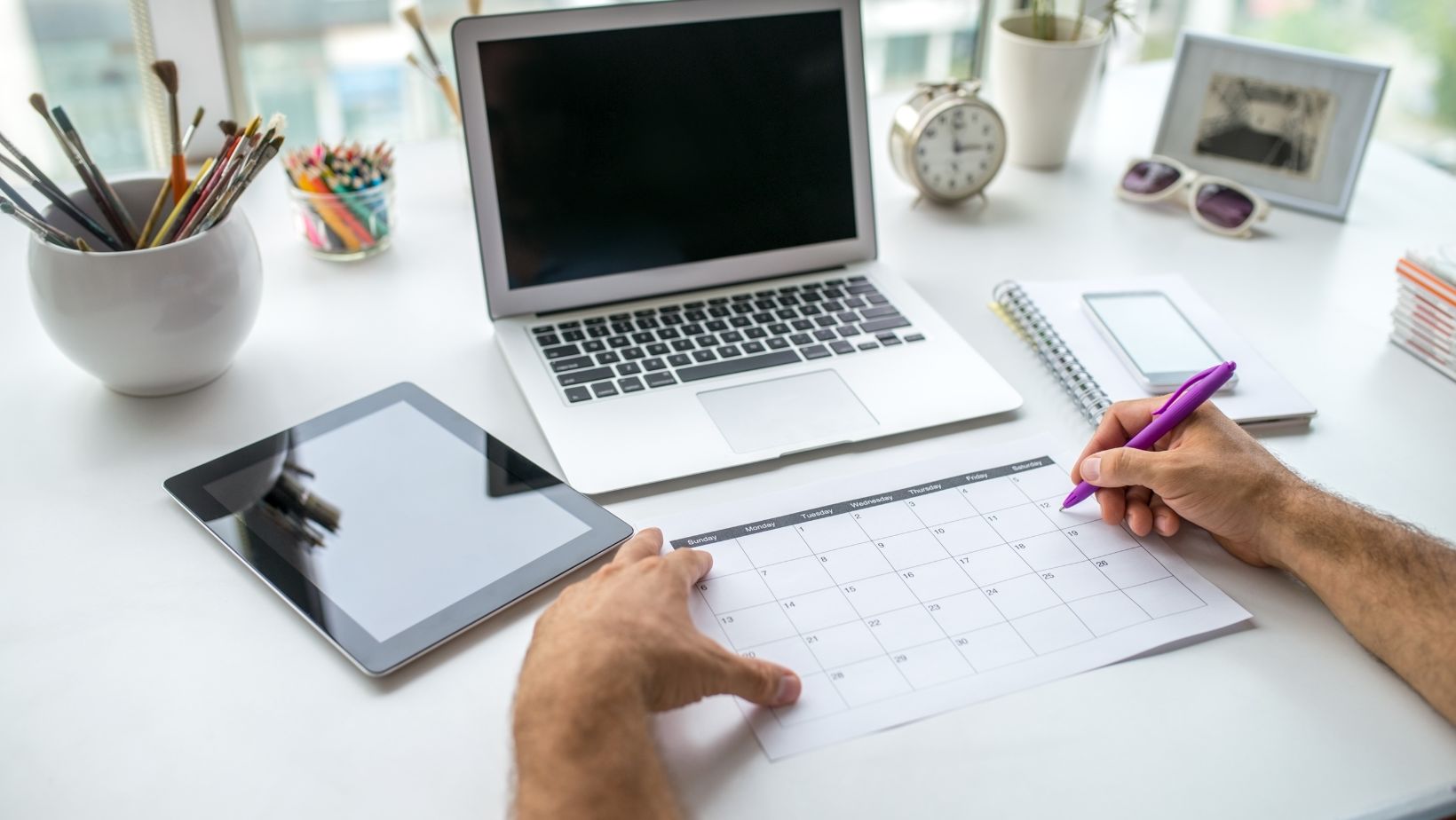Logos are the face of a brand. They’re often the first thing customers notice, and they remember the image most clearly. A well-designed logo is more than just an aesthetic choice—it’s a strategic tool that conveys a brand’s values, personality, and purpose. Symmetry plays a pivotal role in making logos not only visually appealing but also easy to recognize and trust. In this article, we’ll explore why symmetry is so important in logo design and how it can influence brand perception.
What Is Symmetry and Why Does It Matter in Design?
Symmetry, in its simplest form, is about balance and proportion. When an image or design looks identical or similar on both sides of a central axis, it’s considered symmetrical. Humans are naturally drawn to symmetry because it reflects harmony and order, elements we instinctively associate with beauty and reliability.
In logo design, symmetry can transform a good logo into a great one by creating a sense of completeness. It ensures that the visual weight of the design is evenly distributed, which makes the logo easier to process at a glance—a critical factor in today’s fast-paced, digital-first world.
This article was prepared by the experts at Turbologo, a platform that specializes in creating professional, customizable logos for businesses of all sizes.
Simplify Logo Creation with Turbologo
Designing a logo that perfectly embodies your brand’s identity can be challenging, especially when striving for balance and symmetry. That’s where logo maker Turbologo, a powerful online logo maker, comes in. With its intuitive interface and AI-powered tools, Turbologo allows anyone to create professional and visually appealing logos in minutes—no design experience required.
The platform offers a wide range of customizable templates, enabling you to experiment with symmetry, colors, fonts, and shapes to find the perfect fit for your brand. Whether you’re looking for a classic symmetrical design or something more dynamic, Turbologo provides the flexibility and precision you need to bring your vision to life effortlessly.
The Psychology of Symmetry: Why Our Eyes Love Balance
Humans are wired to appreciate symmetry. Research in psychology and neuroscience shows that symmetrical designs are easier for our brains to process. Symmetry creates a sense of order and predictability, reducing cognitive effort. This is why we often associate symmetrical shapes with qualities like trust, stability, and professionalism—all key attributes for any brand.
Symmetry is also deeply rooted in nature, from the bilateral symmetry of a butterfly’s wings to the radial symmetry of a flower. By mirroring these natural patterns, symmetrical logos resonate on an almost primal level, making them feel familiar and approachable.
Symmetry in Logos: A Look at Iconic Examples
Some of the world’s most recognizable logos owe their success to symmetry. Take the Apple logo, for instance. Although it isn’t perfectly symmetrical, its overall balance gives it a polished and professional appearance. McDonald’s golden arches are another example of creating a harmonious structure that’s instantly identifiable.
On the flip side, brands like Nike or FedEx show that logos don’t need to be fully symmetrical to succeed. They use subtle elements of balance within their asymmetry to maintain visual harmony, proving that symmetry is a spectrum rather than a strict rule.
Types of Symmetry in Design: From Perfect to Subtle
Symmetry in logo design can take many forms:
- Bilateral symmetry: When the design is mirrored along a vertical or horizontal axis, like the Mastercard logo.
- Radial symmetry: Where elements radiate from a central point, as seen in the BP logo.
- Asymmetrical balance: This involves using different shapes or sizes to achieve visual harmony without perfect mirroring, like in the Adidas logo.
Each type of symmetry serves a unique purpose and appeals to different audiences. Choosing the right approach depends on the brand’s identity and the message it wants to convey.
How Symmetry Enhances Brand Recognition
One of the greatest benefits of symmetry in logo design is its ability to boost recognition. Symmetrical logos are easier for the human brain to remember, which means they’re more likely to stick in a consumer’s mind. This is especially important in competitive industries, where standing out and being memorable can make or break a brand.
Moreover, symmetrical logos tend to look good across all platforms and formats. Whether it’s on a billboard, a website, or a business card, symmetry ensures that the logo remains visually balanced and impactful.
When Asymmetry Outshines Symmetry
While symmetry has its advantages, it’s not always the best choice. Asymmetry can create a sense of energy, movement, or uniqueness that’s harder to achieve with perfectly balanced designs. For brands that want to appear innovative or unconventional, asymmetry might be the better fit.
Consider the Amazon logo, with its asymmetrical arrow pointing from “A” to “Z.” This design choice reflects the brand’s dynamic and forward-thinking personality. Similarly, the Twitter logo’s slightly tilted bird conveys motion and freedom.
Tips for Achieving the Right Balance in Logo Design
- Know your brand’s personality: Symmetry works well for brands that want to appear stable, professional, and trustworthy. If your brand is more playful or adventurous, consider asymmetry with balanced elements.
- Keep it simple: The best logos are those that can be recognized at a glance. Avoid overcomplicating the design, whether symmetrical or not.
- Test across formats: A good logo should look great, whether it’s scaled up for a billboard or minimized for a social media icon.
The Future of Symmetry in Tech Branding
As branding evolves, so too do the design trends that shape it in the tech industry, where minimalism and functionality reign, symmetry will likely continue to play a key role. Symmetrical logos are not only easier to integrate into digital interfaces but also align with the clean, user-friendly aesthetics tech consumers have come to expect.
That said, there’s also growing room for experimentation. With the rise of AI-generated designs and new creative tools, brands may increasingly explore asymmetry and unconventional forms while maintaining balance and harmony.
Symmetry is more than just a design choice—it’s a tool that communicates trust, stability, and professionalism. Whether you lean towards perfectly mirrored designs or opt for creative asymmetry, understanding the principles of symmetry can help you craft a logo that truly resonates with your audience. And when in doubt, turn to experts like Turbologo to bring your vision to life.











